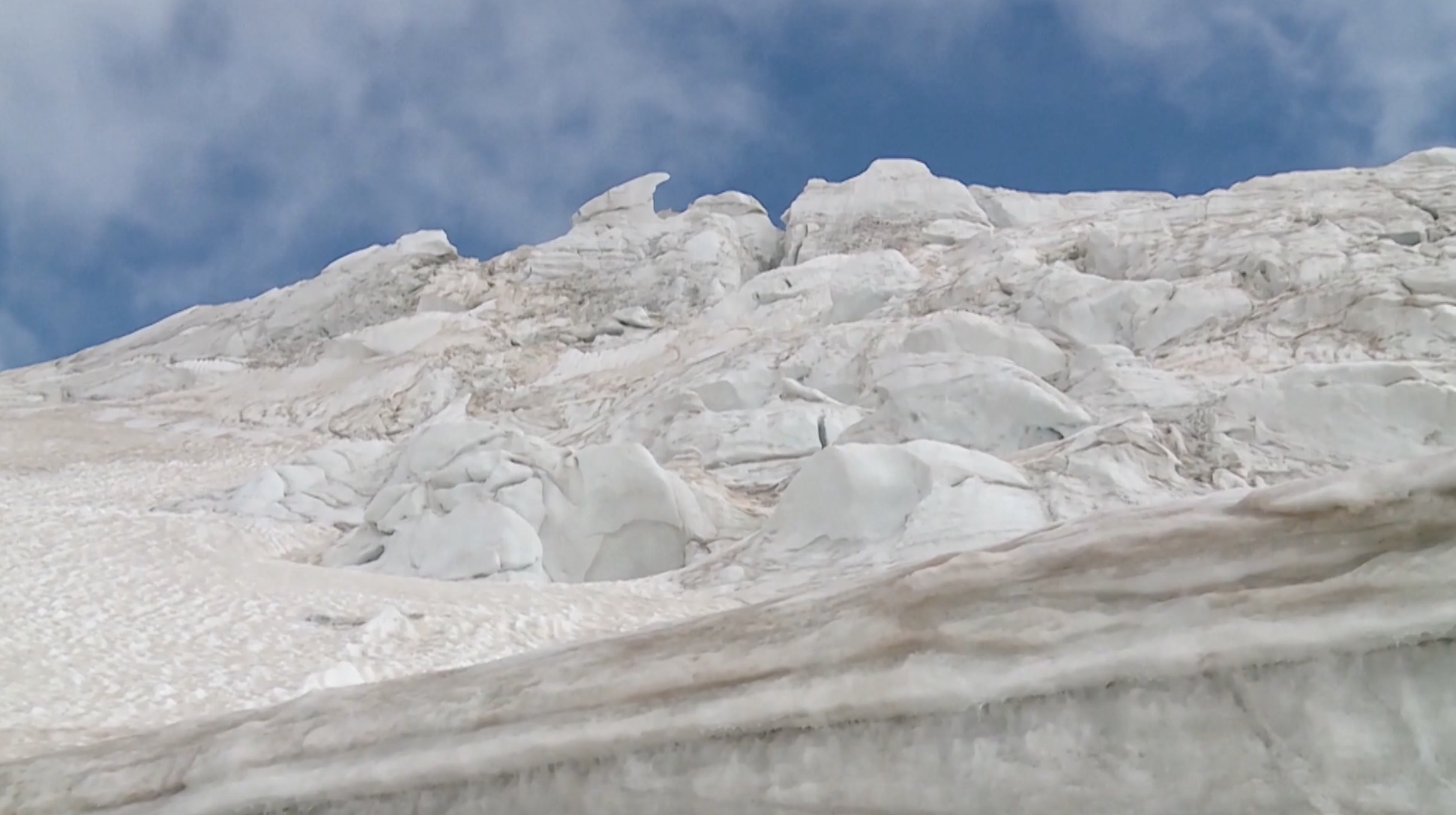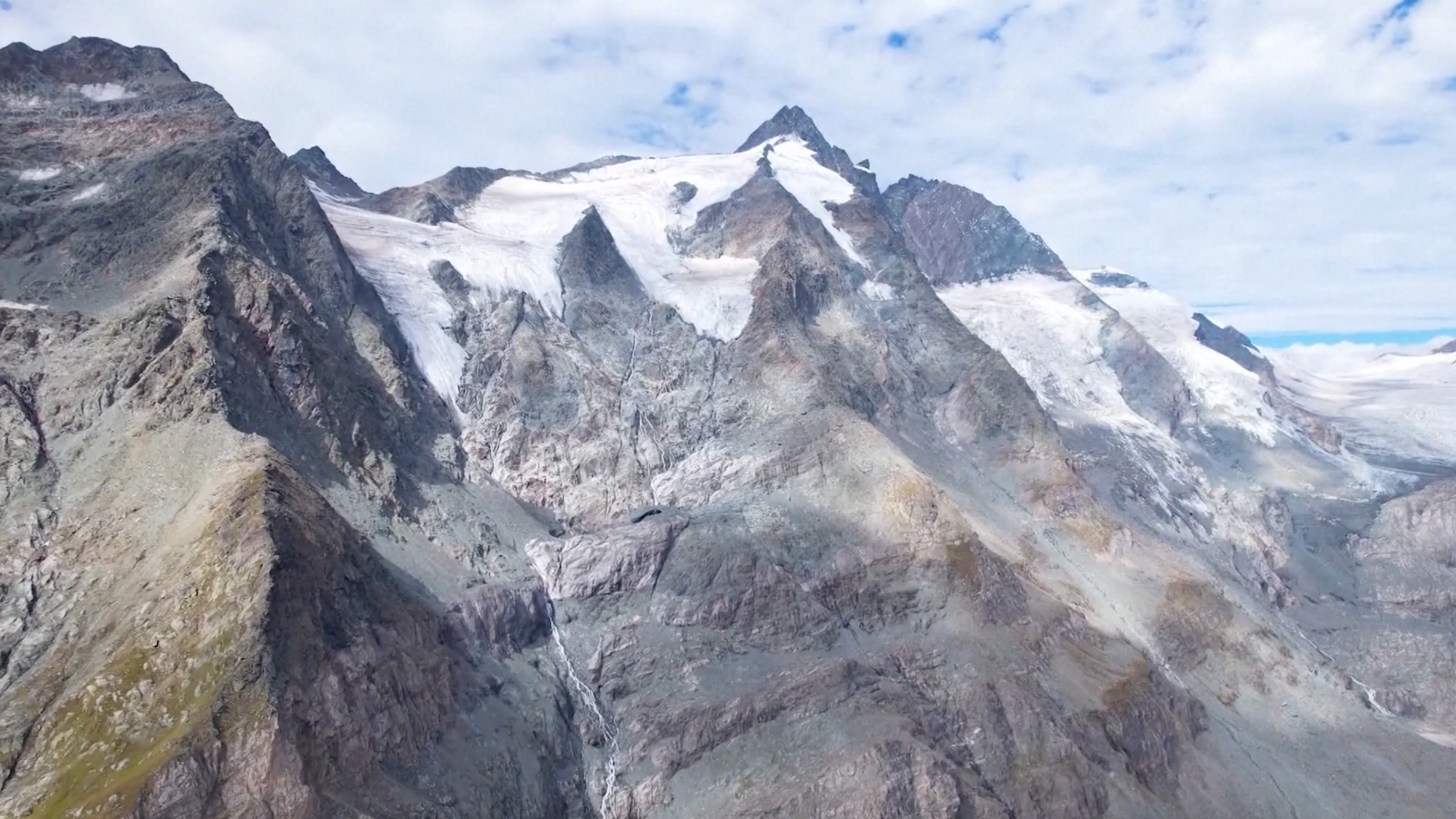The World Meteorological Organization (WMO) of the United Nations (UN) listed the rapidly-changing cryosphere as one of its top priorities on Tuesday, highlighting that the increasing impact of melting ice is threatening everyone on Earth.

Glaciers in Zermatt, Switzerland. /CCTV
Glaciers in Zermatt, Switzerland. /CCTV
The World Meteorological Congress, the UN agency's top decision-making body, has adopted a new resolution calling for more cryospheric observations and predictions, data exchange, as well as relevant research and services.
Extra-budgetary funding and an increased regular budget will be provided to ramp up activities, the WMO said.
The agency also called melting Arctic permafrost a "sleeping giant" of greenhouse gases, as it stores twice as much carbon as there is in the atmosphere today.

Mountains covered by snow in Austria, August 26, 2022. /CCTV
Mountains covered by snow in Austria, August 26, 2022. /CCTV
Sea level rises, ice and glaciers are among the climate indicators monitored by the WMO, which warned that the shocking extent of changes has led to an increased risk of natural cascade hazards that impact everyone, especially those living in small islands and densely-populated coastal areas.
According to the WMO, the cryosphere is the part of the Earth's climate system that includes solid precipitation, snow, sea ice, lake and river ice, icebergs, glaciers and ice caps, ice sheets, ice shelves, permafrost and seasonally frozen ground.
(If you want to contribute and have specific expertise, please contact us at nature@cgtn.com.)